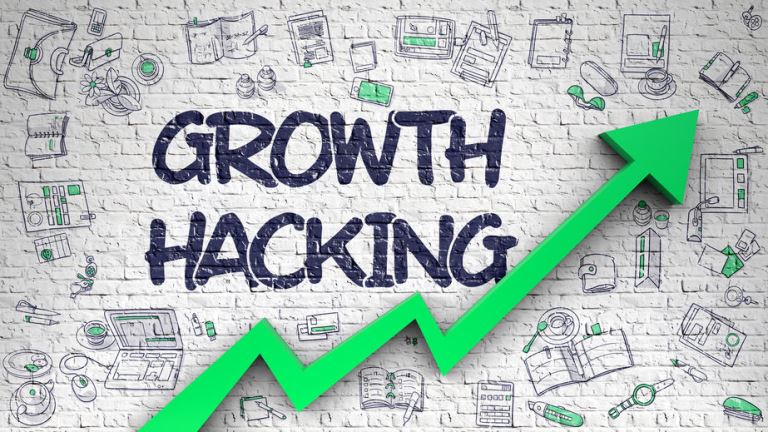If you have ever shipped a “simple UI update” that quietly tanked conversion, you already know the uncomfortable truth: interface design is a growth lever, not a coat of paint. The pressure makes it worse. Stakeholders want a refresh, users want speed, engineering wants fewer edge cases, and you want the numbers to move without…












